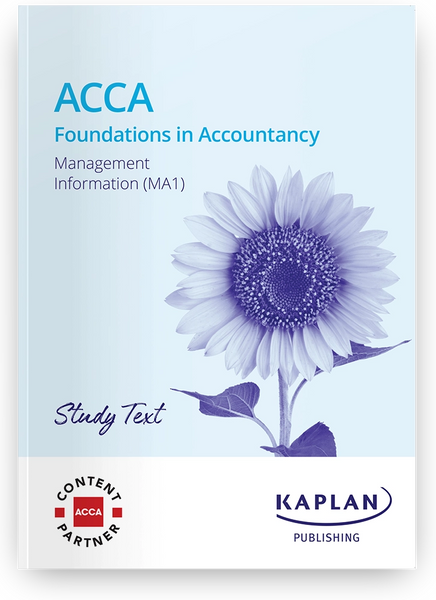PRC 2 A Hand Book Of Quantitative Methods -PAC
- Publisher: PAC
- Availability: Out Of Stock
- SKU: 47191
Rs.0.00
Tags: affordable prices , best books , best books online , Best Price , best prices , Best Selling Books , best shop , Book shopping , bookshop , bookshop Multan , bookshop near me , bookshop online , bookshop online Multan , bookshopPakistan , break-even analysis , business mathematics , business statistics , buy online books , case studies , Chartered Accountancy , compound interest , correlation , decision trees , digital shopping , finance , financial decision making , financial mathematics , future value , good books , good booksonline , ICAP , ICAP quantitative methods , ICAP syllabus , Internet Shop , mathematical applications in finance , one stop shop , ONLINE BOOKS , Online Books Shop , online books store , Online Bookshop , Online Bookshop Pakistan , online bookstore , online shop , online shopping , Online Shopping Pakistan , OnlineShoppingPakistan , PAC , PAC handbook , PAC PRC 2 , Pakistan Bookshop , PakistanBookshop , PakistanOnlineShopping , PRC 2 PAC , PRC-2 , present value , price cut , price-friendly Comprehensive , quantitative methods for accountants , quantitative problem solving , quantitative techniques , ReasonablePrice , reduced price , regression models , sampling techniques. , secure shopping , Shopping , ShopSmartPakistan , statistical concepts , statistical methods for business , time series forecasting , Virtual Shop




























 English
English اردو
اردو